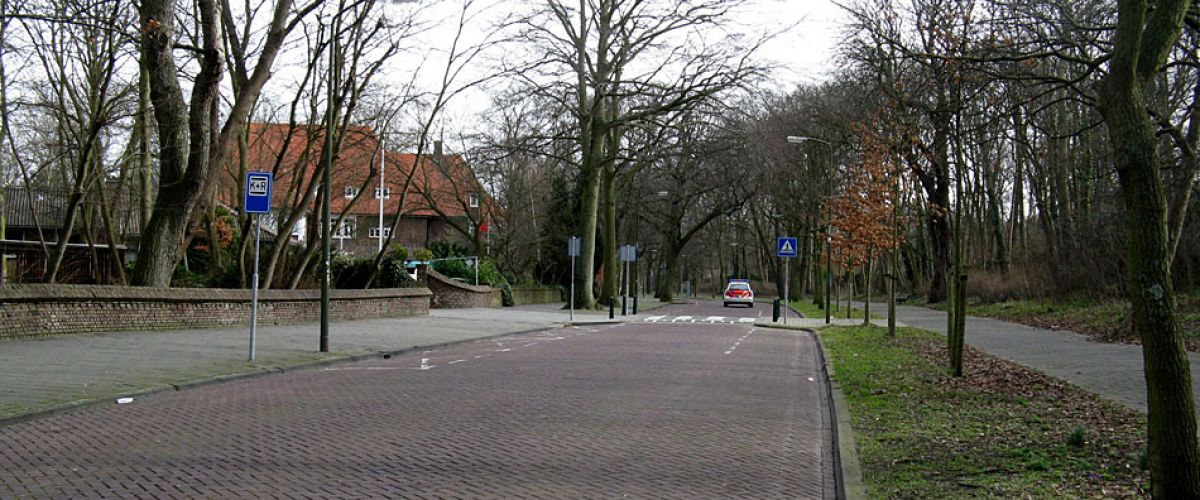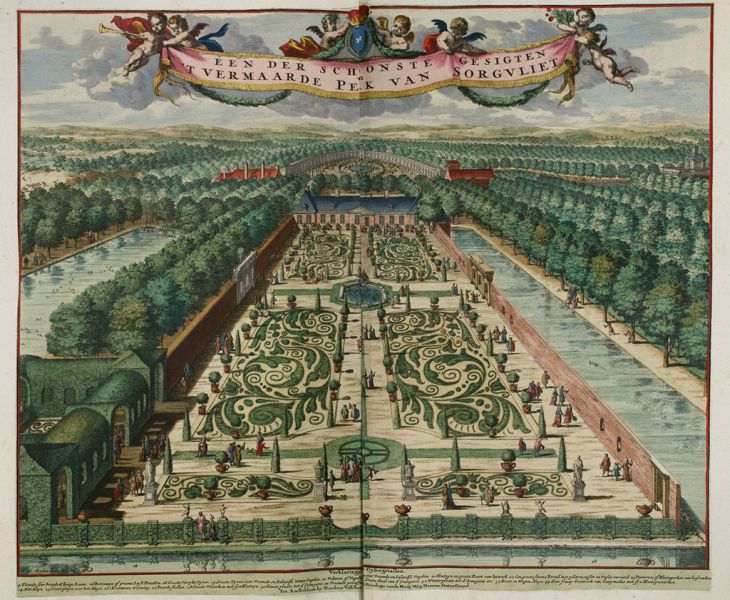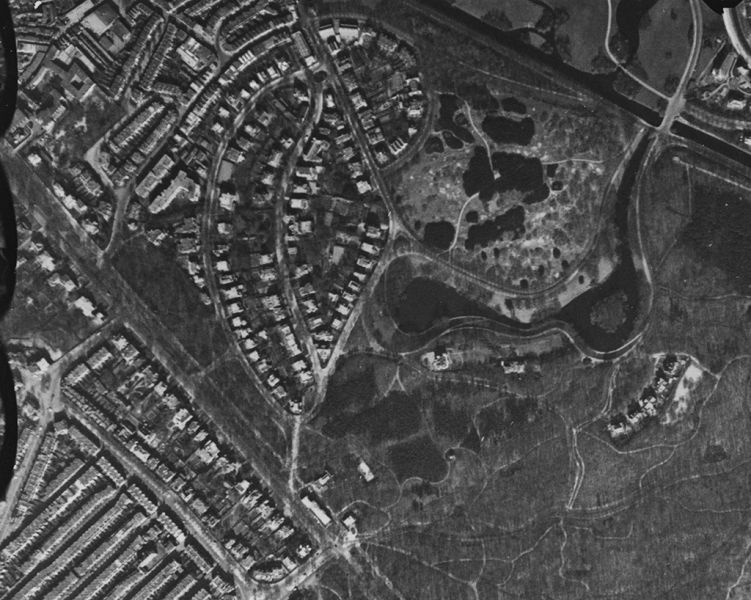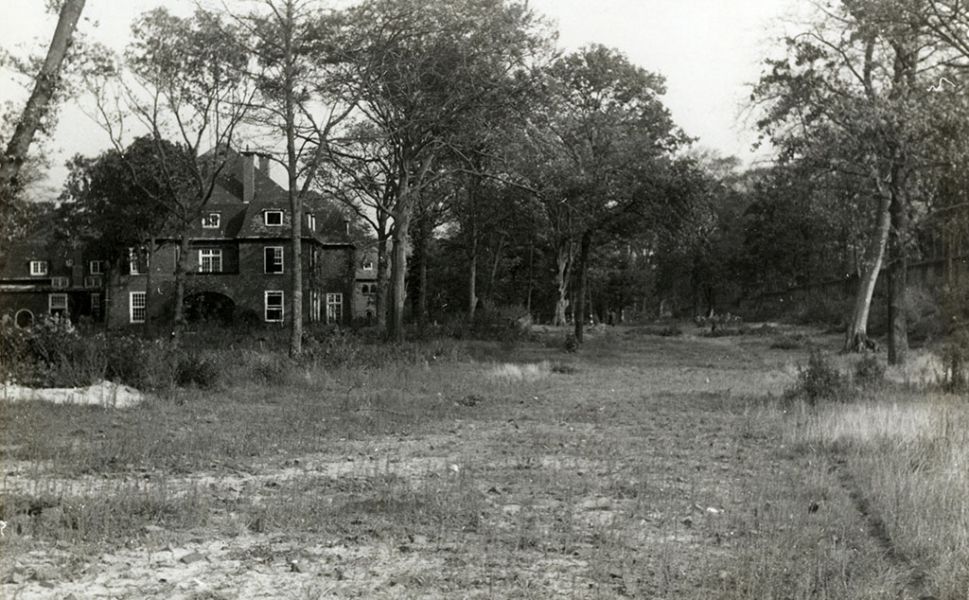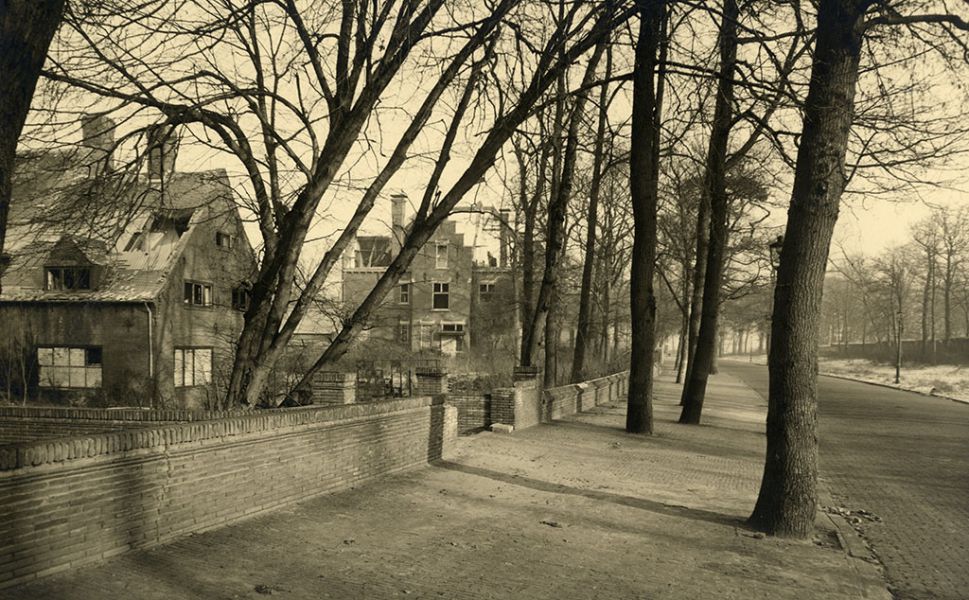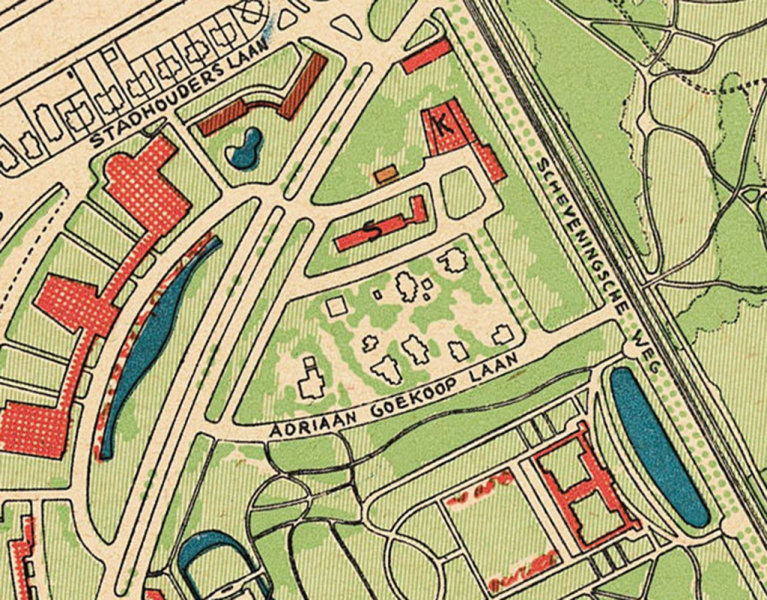This is the edge of a luxury early 20th-century villa development
In the mid-17th century, Dutch poet and statesman Jacob Cats had a country house built for himself on land in the dunes. Called Sorghvliet, the estate was expanded by successive owners. Then, in the late 19th century, the old city centre of The Hague became overpopulated and building contractors started to eye the dune area for construction sites.
In 1902, Sorghvliet was acquired by building contractor Adriaan Goekoop, who made the Catshuis his home. Following a suggestion by architect H.P. Berlage, the whole remaining estate – with the exception of the grounds of the Catshuis – was designated by the municipality for residential use. Large detached houses were to be built and strict rules were imposed for the layout of the development, in order to preserve the character of the landscape.
During the Second World War, most of the villas were demolished to make way for an anti-tank wall with an open field of fire in the direction of the city centre. The Catshuis was spared. In the post-war period, the corridor created by the German occupation authorities was used to build a multi-lane highway to the west of the Catshuis: today’s Johan de Wittlaan.
 Herinneringsroute Atlantikwall Den Haag
Herinneringsroute Atlantikwall Den Haag
